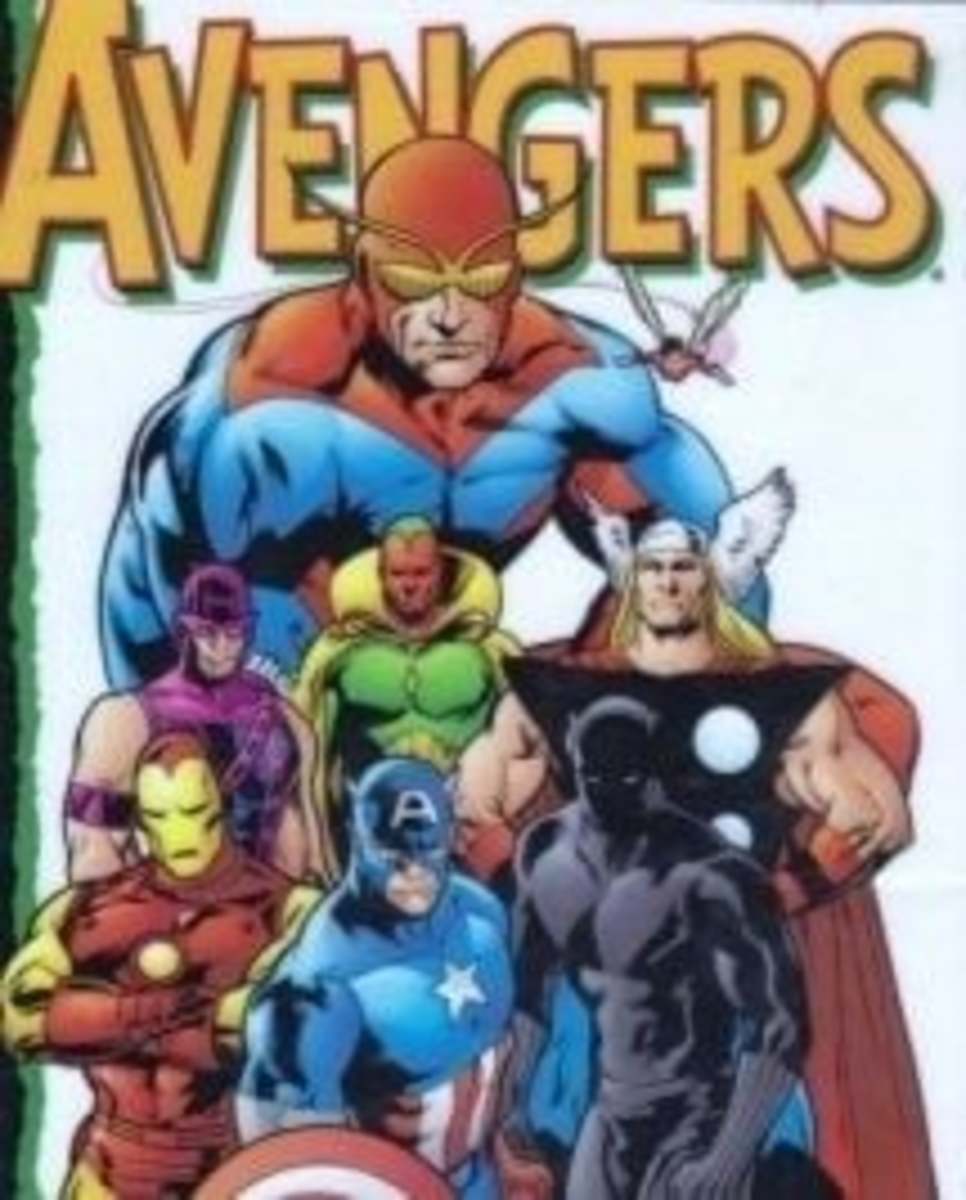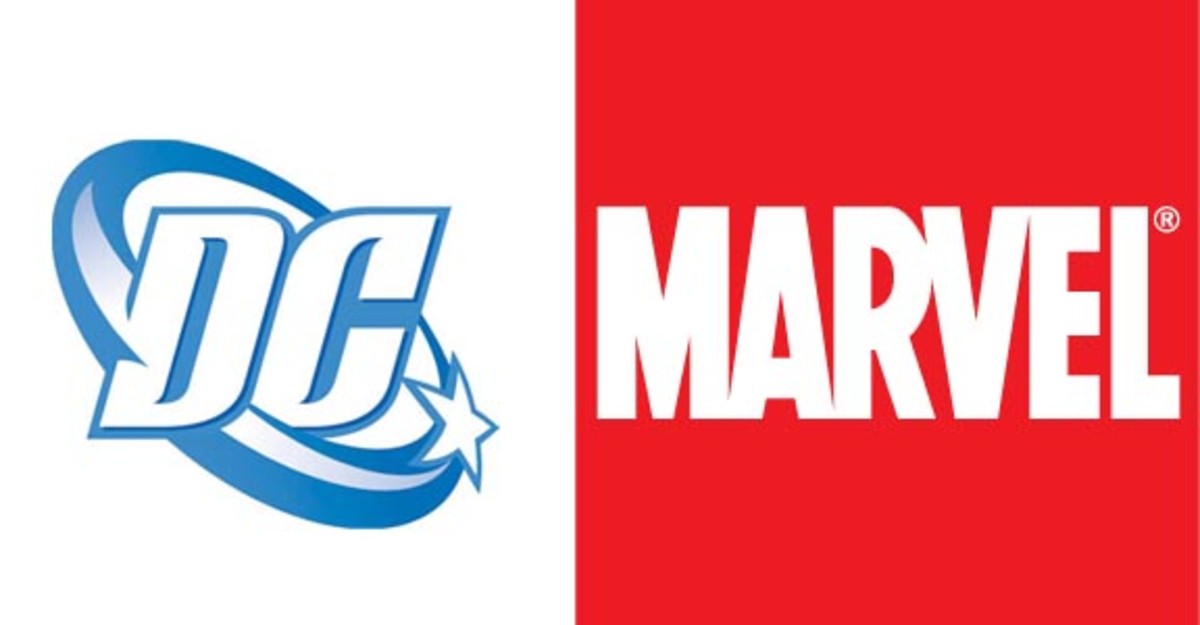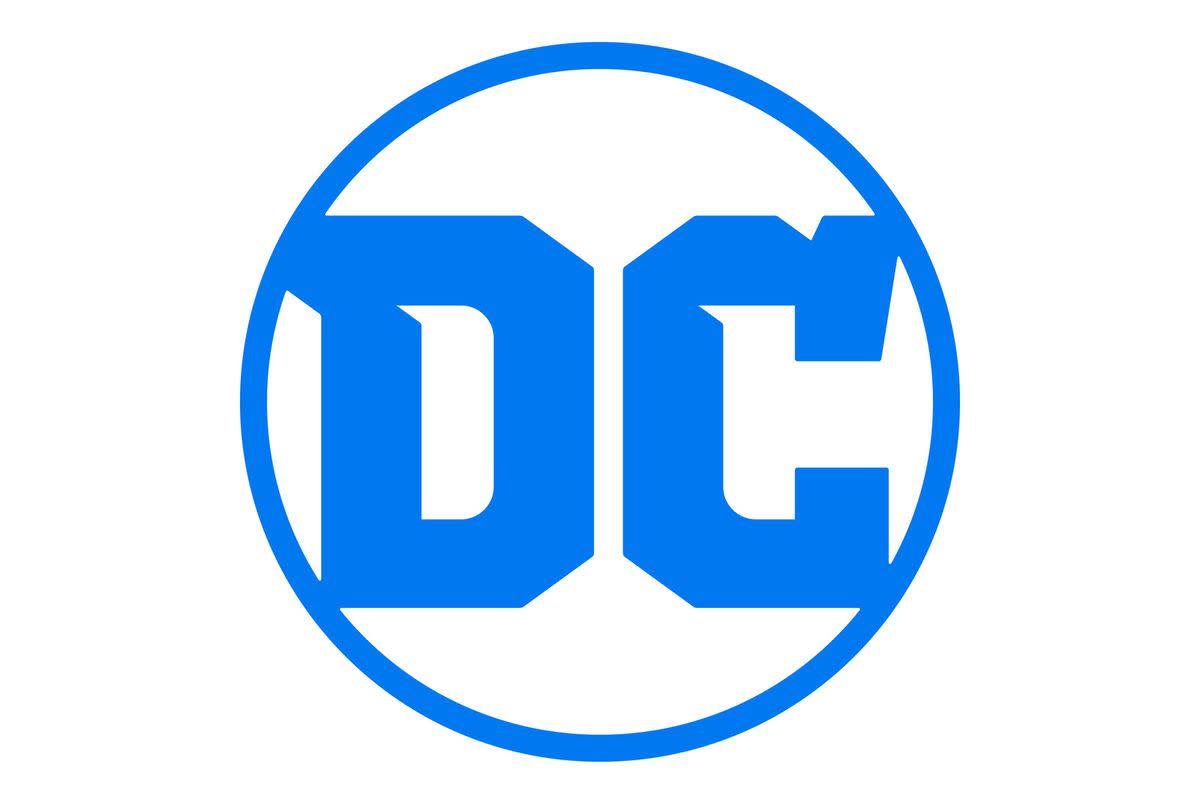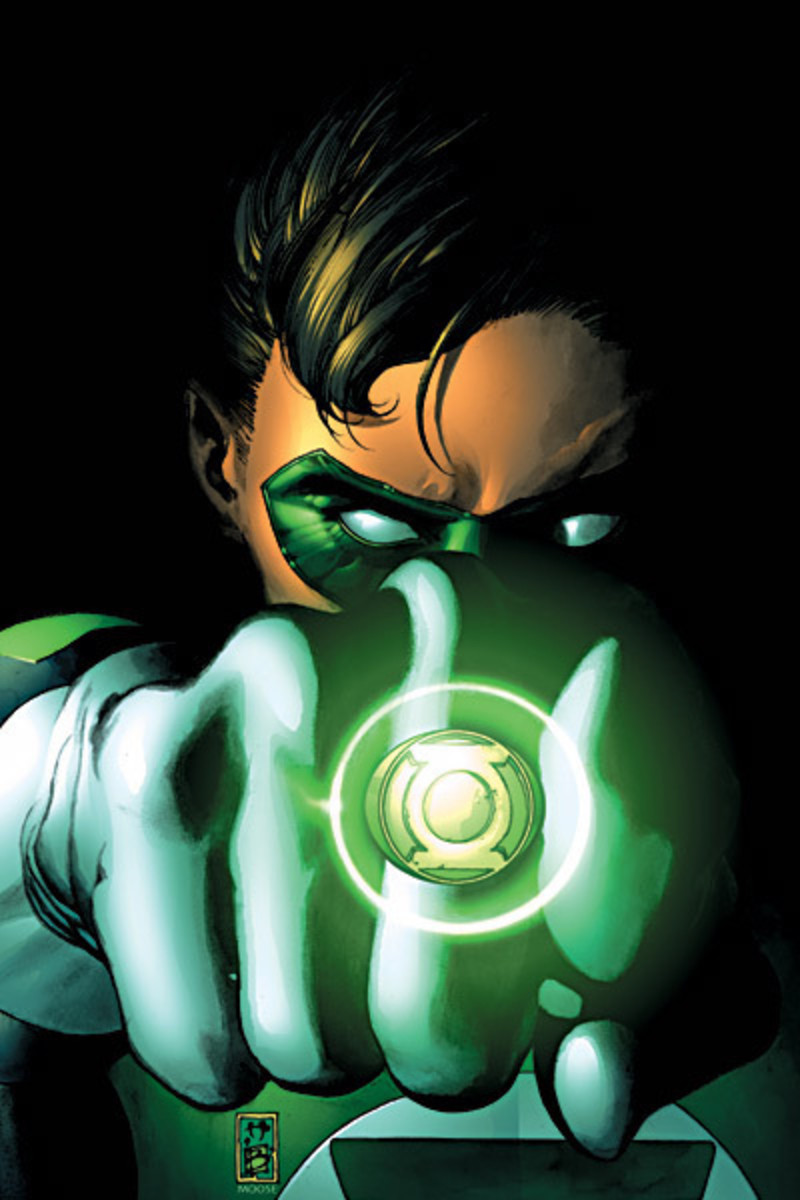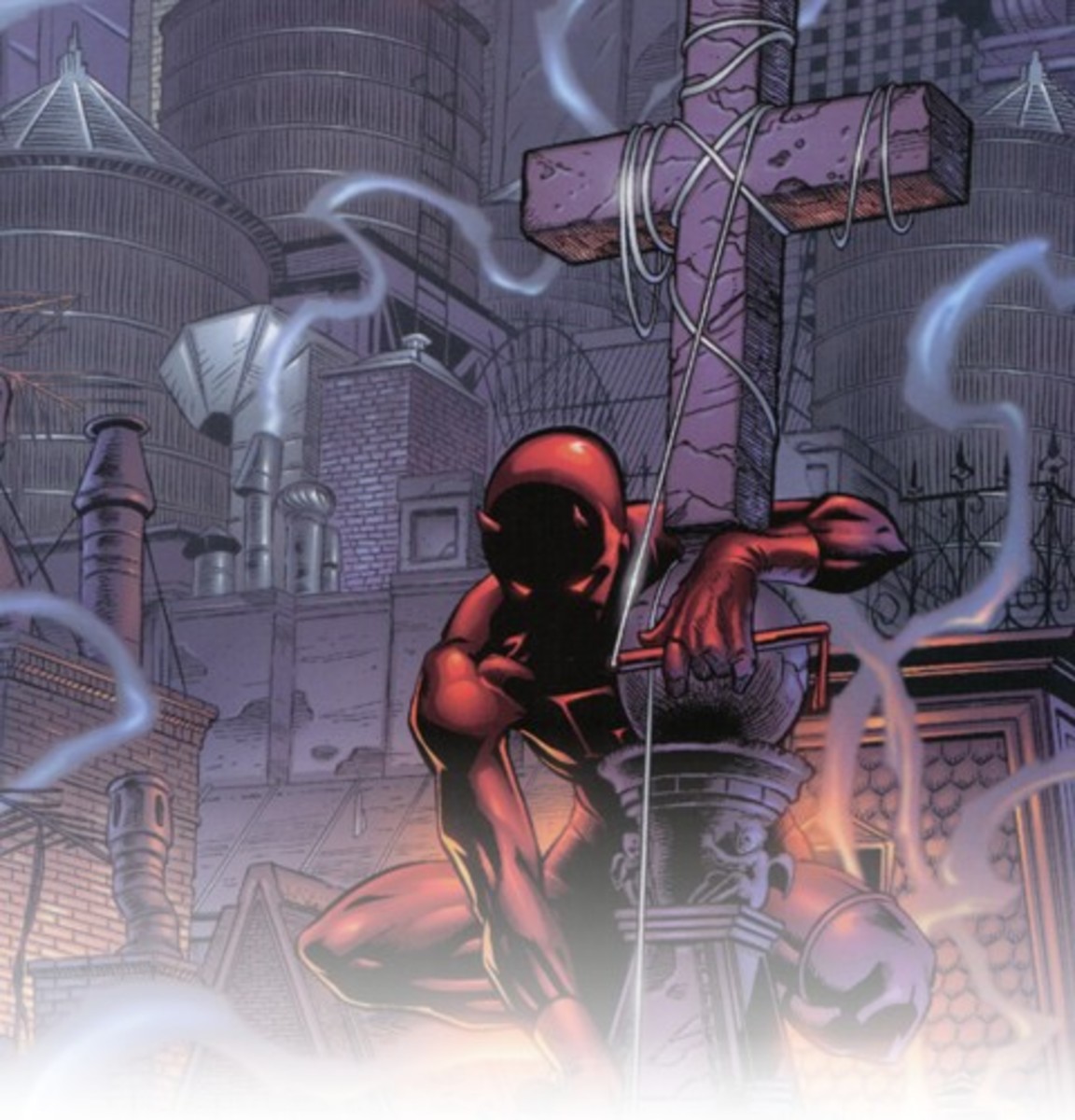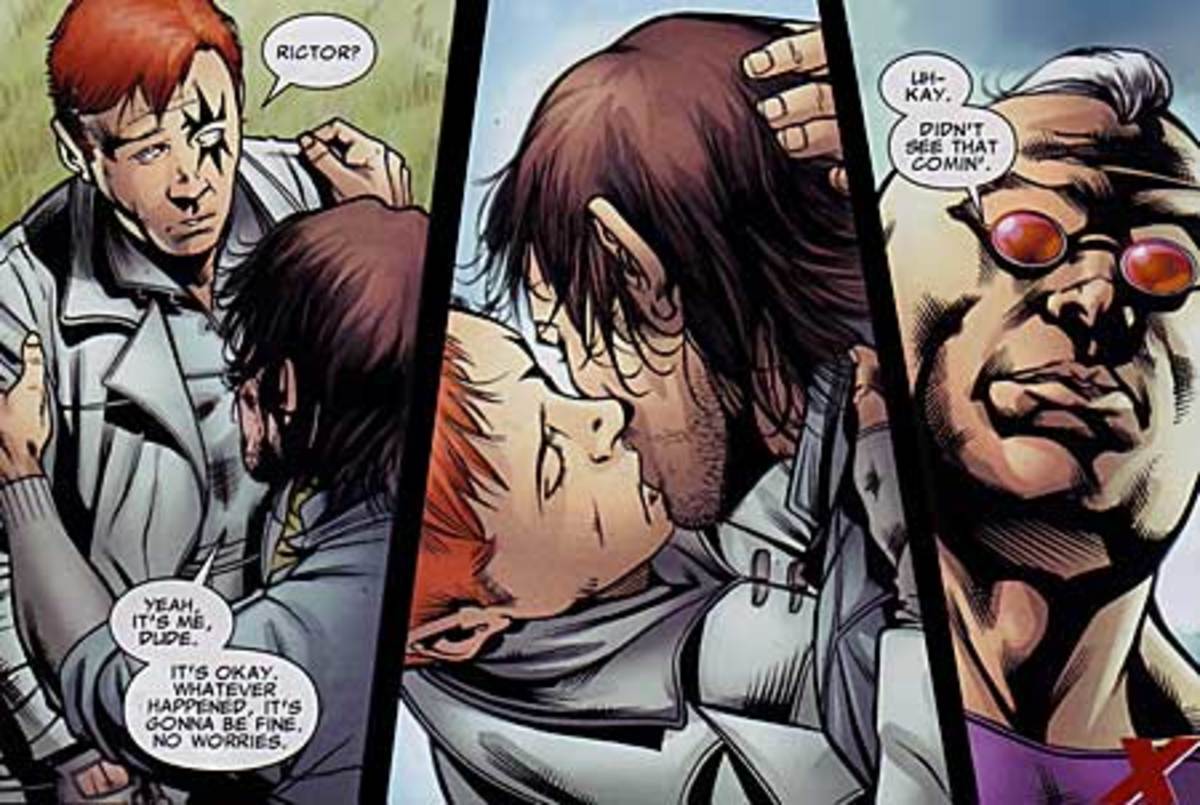Comic Books: The Rise & Fall & Rise & Fall Etc. of the Industry...Part 2
The first Marvel Comic...Fantastic Four # 1

Stan "the Man" Lee...The Shakespeare of comics
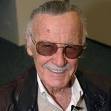
Legendary comic artist Jack "the King" Kirby

The Amazing Spider Man makes his debut

The first issue of the Hulk

The Super Hero saga continues...Part Two
In part one of the History of Comics, we left off with the premature death of the industry, due to Frederick Wertham’s book “Seduction of the Innocent” and the Congressional hearings. Most of the 1950s was a wasteland for super-hero adventures. Unless you liked Archie Comics or other humorous books (Casper the Ghost, Richie Rich, etc., etc.) the field was barren. But super-heroes would rise again.
Part Two: In 1960, after the whole Wertham hoopla had faded, DC tried to jump-start the super-hero field again by re-introducing new versions of their classic super heroes, starting with a new Flash. Revamped versions of the Green Lantern and the Black Canary followed. Aquaman (inspired by the Sub-Mariner) was soon created. Just to make the point that ‘Super Heroes are back’, these four new heroes were quickly teamed with perennials Superman, Batman and Wonder Woman to form the Justice League of America in 1961. The sales were very encouraging and proved that super heroes had been missed during the fifties.
Timely Comics had grown tired of its stale Monster stories and was inspired by DC comics to try their hand at Super Heroes again. Martin Goodman changed the name of the company to Marvel Comics and put together a writer/artist team who would usher in a new era which would become known as the Silver Age of comics.
Goodwin made his cousin Stan Lee the head (and at this point only) writer at Marvel. Goodwin also hired the talented and popular artist Jack Kirby to illustrate Lee’s stories. This was the beginning of the most legendary collaboration in comic history. There are no two more illustrious names in the field than Lee and Kirby. Their partnership would last for years and together they would create many of the biggest icons of the 1960s.
Lee and Kirby began their unforgettable collaborations with the creation of the Fantastic Four in 1963. The team was unlike anything ever seen before, because they were so endearingly flawed. They argued like real people. They made mistakes. One member of the team, known as the Thing, was a man transformed into a rock-monster and who lamented his ill-fortune. Another member, the new Human Torch (Inspired by the 1940s hero) was immature and rebellious. The leader of the team, Mr. Fantastic, was a humorless intellectual who over-explained everything. His fiancée the Invisible Girl, the only female member of the team, was always complaining that he didn’t pay enough attention to her. These were not the perfect paragons of the Golden Age. These were recognizable people with recognizable personalities. This realism was ground-breaking in comics.
The positive reception to the Fantastic Four led Marvel to roll out their line-up of new heroes. Thor, Iron-Man, Dr. Strange, Ant-Man and the Wasp came along soon after. One of the most popular and unique of the Marvel stable was the Incredible Hulk. The Hulk was a green-skinned Jekyll and Hyde, with the strength to punch through a mountain with his fists. The Hulk was inspired by the many nuclear mutant films of the 1950s that Lee had grown up with. The Hulk was born as Dr. Banner until Gamma radiation caused him to periodically mutate into an angry green monster known as the Hulk. The Hulk was far from the noble, perfect hero of the 40s. He was the epitome of the anti-hero.
Inspired by the Justice League, Marvel united their heroes Thor, Iron Man, Ant Man, the Wasp and the Hulk as a super team known as the Avengers. The comic was instantly popular. Marvel soon created yet another super-team—the mutants known as the X-Men. With the 60s racial riots and equal rights debates in the news, the X-Men were introduced to make a statement about race prejudice. The mutants were the ultimate outsiders, reviled by the public they were sworn to protect.
Marvel brought back some old Timely characters, but with new twists. Prince Namor the Sub-Mariner was brought back in the pages of the Fantastic Four, starting as a bad guy (Angry that Atlantis had been destroyed by nuclear testing) but he later reformed and returned to the side of the heroes. Later, Captain America was brought back in the pages of the Avengers. Waking up after 20 years in suspended animation, he found that he had trouble adjusting to this brave, new world. Also, his former sidekick Bucky was dead. Captain America tended to brood and sulk like a masked Hamlet.
Stan Lee then came up with the idea of a teenage hero. Not a sidekick, but the star of the strip. Goodwin wasn’t confident in the idea of such a character so Spider-Man was slipped innocuously into the last issue of a failed anthology series called Amazing Fantasy Comics. The character was so well received that he was soon given his own monthly series. Spider-Man would become Marvel’s top seller and over time would be recognized as one of the most popular super heroes ever created.
The appeal of Spider-Man was that he was so angst-ridden and troubled. He was like a proto-version of one of those anguished teen characters from shows like My So-Called Life or Dawson’s Creek. He was unlucky, unpopular and had lots of problems to deal with in his private life. On top of all that, he had to fight crime as Spider-Man. No wonder the character was an instant hit.
Over the next few years, Marvel would shake things up a bit more. They introduced the very first black super hero, the Black Panther, as well as a blind hero known as Daredevil. Marvel liked to experiment during this period.
Fan mail and market research proved that, for the first time, comic books were appealing to teens and 20-somethings, as well as children and “tweens”. High school students and college students were reading Marvel Comic books as much as elementary school kids were. This was a triumph for a genre which had always struggled for credibility. Mostly though, it was a victory for Marvel Comics which had finally overthrown the almighty DC Comics as the biggest and best comic company. DC found themselves in second place, after decades of dominance. Marvel was the new and future king.
Batman had a resurgence of popularity in the late 1960s when the Batman TV series aired, starring Adam West and Burt Ward as the Dynamic Duo, but the trend didn’t last. The series got canceled after only three years and sales for Batman comics dropped over 20%. Worse still, the campy, self-deprecating nature of the show seemed to cement the idea which many people already had that comic books were silly kids’ stuff.
Comic books really began to change in the 1970s when writers began to challenge the obsolete Comics Code Authority by tackling social issues. Drugs--a formerly taboo subject--was dealt with. In Spider-Man’s series, our heroes’ best friend Harry was portrayed as being a drug addict. Over in DC, Green Arrow’s sidekick Speedy became addicted to drugs and went through a painful withdrawal. No such thing had ever been attempted before. The Spider-Man story was not approved by the Comics Code Authority, so they released it without the code, the first time they had dared such a thing in over 20 years. The two stories got attention from the mainstream media and sales rocketed.
Another big step towards tackling social issues in comics was the award-winning but controversial Green Lantern/Green Arrow series, by Denny O’Neil and Neil Adams. The series was known for tackling hot-button social issues of the day. The team-up began with Green Lantern having the epiphany that he had never used his powers to help the underprivileged. Along with his best buddy Green Arrow, they take a road trip across country to see the “real America” and the problems of the little people. The stories covered issues like drugs, the environment, slum lords, over-population and the plight of the Native American Indians. The issues were politically controversial because Green Arrow was portrayed as a left wing-liberal and Green lantern as a conservative who slowly learns that his right-wing philosophy has blinded him to injustices that were right under his nose.
Denny O’Neil also breathed new life into the struggling Batman comic in the mid-70s, with help from artist Marshall Rogers. Batman was returned to his original grim and gritty ways. Without Robin (Who had grown up enough to leave his mentor’s side, joining the Teen Titans) Batman was free to return to his gloomy vigilante roots. The tactic worked and Batman’s sales improved.
Superman got a big boost to his popularity in 1978 when the highly successful Superman: the Movie was released, starring Christopher Reeve as the man of steel and Gene Hackman as Lex Luthor. The popularity of the film led to three sequels and a Supergirl spinoff movie.
The entire DC Comics universe was turned on its ear in 1985 when The Crisis on Infinite Earths was released. The “Crisis” as it is generally called, was the first total company cross-over (meaning every single comic and character that DC Comics owned the rights to were included in the epic story.) It was a 12-part mini-series written by Marv Wolfman and drawn by the prolific artist George Perez. The Crisis was important because it revamped many of DCs most popular characters (Superman and Wonder Woman most notably) and began them again at square one, reintroducing them as new characters. The entire past history of DC Comics was retroactively rewritten. The plan that DC publisher-in-Chief Jeanette Kahn and Editor-in-Chief Dick Giordano came up with was to erase the companies long history and start fresh so that it would be more accessible to new, young readers who might be put-off by the complexity of the DC universe’s 50 year history.
Later the same year came two stories that would end the Silver Age of comics and usher in the “Post-Crisis” or “Modern age” of comics…The Dark Knight Returns and Watchmen. The impact these two stories made cannot be overstated. They introduced a new complexity to the comic industry that had never been achieved before and created a love of “dark realism” that would become the trend in comics from this moment onward.
The Dark Knight Returns was written and drawn by one of the industry’s most renowned and illustrious talents, Frank Miller. The grim story took place in Gotham City in a dystopian future where a 50 year old Bruce Wayne had retired 10 years earlier after the death of Robin. In the intervening years, crime had overwhelmed Gotham and turned it into an urban nightmare. Bruce Wayne finally snaps and dusts off the old bat costume, and soon Batman is on the prowl once again, grimmer than ever and punishing crooks in a more violent (and sometimes lethal) style than ever before. His new approach not only brings him into conflict with the police, but also with his old Justice League partner Superman.
Watchmen was written by the venerable Alan Moore, generally conceded as the best writer of the modern age. Dave Gibbons provided the artwork. The story turns the concept of Super heroes topsy-turvy by placing them in the real world and examining what would actually happen to society if such Godlike beings really walked among us. “Watchmen” is the most award-winning comic (Called a Graphic Novel, a term that was introduced a few years earlier) in the history of the industry, winning Hugo Awards (Named after Victor Hugo) for best sci-fi story and the Eisner Award (Named after Will Eisner, creator of The Spirit) for best Comic book, among other accolades.
Both of these series got coverage in the mainstream media and both broke all kinds of sales records. They are invariably on the top of any “All-Time Best Comic Story” polls. The double-impact of these two mega-successful stories, coming out at roughly the same time as they did, created the new trend of grim realism and dark nihilism in comics. The Comics Code Authority was a toothless afterthought now and creators went to town with gritty, violent stories.
Heroes began to become more unpleasant, mysterious and willing to kill. Wolverine, one of the most popular characters ever, was known for hacking his foes bloody with his long, metal claws. The Punisher was a vigilant who was obsessed with avenging his murdered family, and would shoot his enemies down with a machine gun. Lobo was a psychopath who had destroyed his own world for fun and now squashes villains for the same reason. Deadpool is another completely insane hero, with no scruples about using lethal force. Spawn was an agent of Satan. These were the heroes of the new era. The world had changed.
The old mad scientists and bank robber bad guys were replaced with the mafia, terrorists, street gangs, cults and corrupt politicians. Crimes never dealt with before, such as rape and child molestation, were now written about. One story that appeared in the pages of the Fantastic Four concerned a lonely child who wanted to emulate the Human Torch and so set himself on fire with gasoline. An issue of the new Green Lantern had our hero finding the murdered and dismembered bloody corpse of his girlfriend in his refrigerator. No subject was too taboo. (There was one exception. The Comics Code Authority forbade a Batman story called “Jimmy Goes to Washington,” about a 9-year old who steals his fathers gun and deliberately shoots the President while on a class trip to the White House.)
There has been a lot of criticism over the years about the level of violence in comics and things seem to have been toned down in recent years. Marvel’s new storyline “the Age of Heroes” seems intent on bringing back the nobility of the old styled heroes. I wish them luck.
DC Comics has just rebooted their entire comics line once again, hoping that the gimmick will generate as much attention this time as "the Crisis" did and boost their sagging sales.
The medium has changed in other ways recently. Online comics, underground comics, computer games and other alternatives have caused a major drop in industry sales. Shops that specialize in selling comic books are starting to close down. While super-heroes still survive and probably always will, the medium of paper comic books will probably soon be coming to an end.

